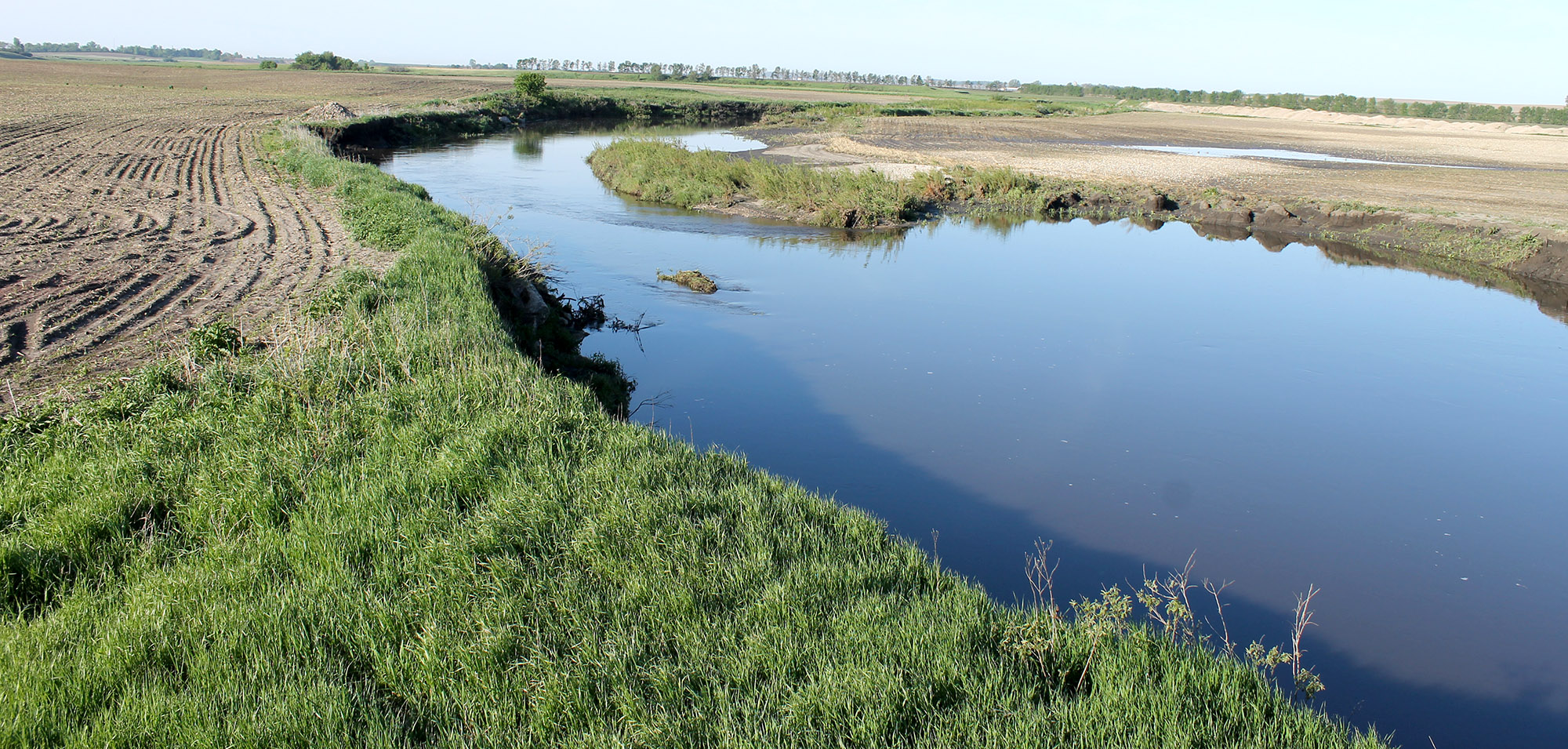
On July 1 a state water quality buffer law went into effect, and funding for the initiative became available to soil and water districts across Minnesota.
These offices will hire technical staff to implement new buffers and help eligible landowners enroll in federal funding programs.
In Rock County, officials from the Land Management Office and its affiliated ag services are waiting for information from the state to plan for how the law affects them here.
How much money is coming in, how many technicians they hire and how many buffers can be started are among the questions addressed.
“These are very good questions,” said Doug Bos of the Land Management Office. “As in any government program, we are waiting to get the details.”
He pointed out that Rock County has already received $165,000 and has been allotted another $1.17 million to help repair farm ground damaged in the 2014 flood, so his office is already scrambling to put that money to use.
“This is additional funding to repair the crop field damages of the 2014 storm and flooding event that were not covered with FEMA or USDA,” Bos said.
Eligible repairs include terraces, waterways and other conservation practices damaged by rushing floodwater.
He said he’s pleased to see state buffer initiatives went into effect July 1, and he hopes local farmers and landowners learn early in the process about how the law works.
He recommended they start with the Land Management’s website, www.rockswcd.org, for a link to information.
In a statement released Wednesday, Gov. Mark Dayton said he hopes the new buffer law will be the first step toward better water quality in the state.
“Minnesotans are united as stewards of our lakes, rivers and streams,” said Dayton, who pushed for the legislation. “By working together, we can greatly improve the quality of our waters across our great state.”
Additional components of the law will take effect over the next several years, as farmers and landowners work to put buffers on their properties.
For example, 50-foot buffers must be in place around all public waters (lakes, rivers and streams) by Nov. 1, 2017.
Public ditches will need 16.5-foot buffers in place by Nov. 1, 2018.
About the Buffer Initiative
Following a series of reports about declining water quality across Minnesota, lawmakers worked with farmers, landowners, environmental advocates and public health experts to develop a solution that will reduce runoff and improve water quality.
The resulting buffer law will designate roughly 110,000 acres of land for new buffers alongside rivers, streams, and ditches to filter out phosphorus, nitrogen and sediment before it enters the water supply.
Lack of enforcement and new drinking water concerns compel state to action
Due to inadequate regulations and a lack of consistent enforcement, the state’s previous laws were not effective in preventing harmful runoff into lakes, rivers and streams.
In fact, an estimated 64 percent of all waters in the southern and western regions of Minnesota are not subject to any buffer requirements under current law. Further, the Minnesota Pollution Control Agency (MPCA) estimates that only 43 percent of rivers and streams in western and southern Minnesota currently have vegetative buffers.
In May the Minnesota Department of Health reported nitrates in drinking water are increasing to concerning levels, prompting many communities to install expensive nitrate treatment systems to protect residents.
A recent MPCA study also showed that agricultural and urban runoff is contributing significantly to the impairment of Minnesota’s lakes, rivers and streams.
The impairments are caused by high levels of bacteria, nitrates and sediment, and could be prevented by better buffer strip implementation and enforcement.
Buffer strips are among Governor Dayton’s major legislative priorities. More information is available on the state’s buffer initiative information website.


